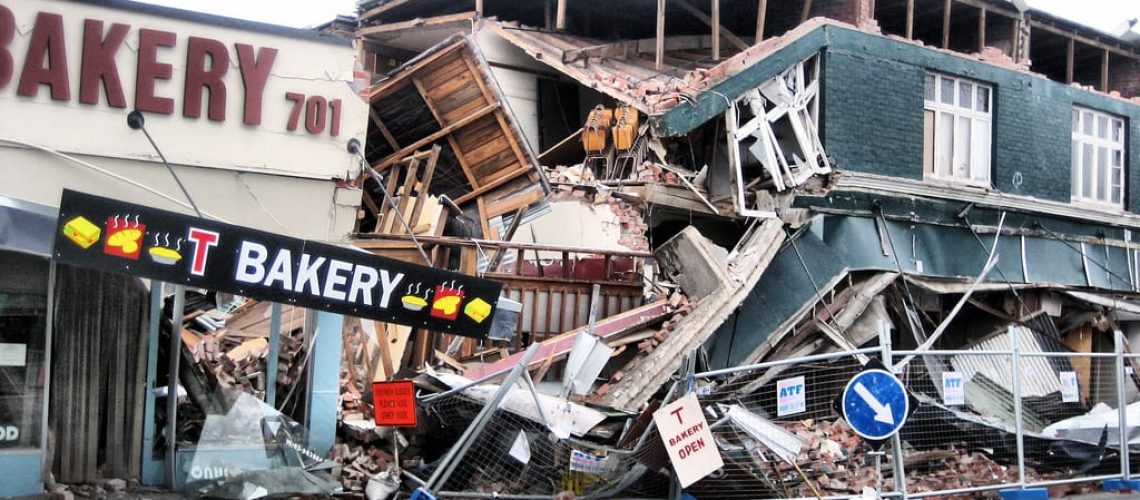A home’s structural integrity is the backbone of its longevity and safety. Home inspectors, armed with a discerning eye and knowledge of construction, play a vital role in identifying and exposing potential structural issues. In this comprehensive guide, we will delve into the most common structural problems discovered by home inspectors, underscoring the significance of addressing these concerns for a solid and secure living environment.
1. Foundation Settling and Cracks
Issue: Uneven Foundation Settling and Visible Cracks
One of the most common structural issues identified by home inspectors is uneven settling of the foundation and the presence of visible cracks. Settling can cause shifts in the foundation, leading to cracks in walls and floors.
Why It Matters:
Uneven settling can compromise the structural stability of the entire home. Cracks in the foundation may indicate ongoing movement and potential water intrusion. Home inspectors stress the importance of assessing the extent of settling and addressing foundation cracks to prevent further damage.
2. Wall Cracks and Structural Movement
Issue: Cracks in Interior and Exterior Walls Indicating Structural Movement
Home inspectors frequently discover cracks in walls, both inside and outside the home. These cracks can be indicative of structural movement, settling, or other issues.
Why It Matters:
Wall cracks may signal underlying structural problems, such as foundation issues or inadequate support. Home inspectors recommend investigating the cause of cracks and implementing necessary repairs to prevent further structural damage.
3. Roof Framing Problems
Issue: Roof Framing Deficiencies Affecting Structural Integrity
Issues with roof framing, such as sagging or improperly spaced framing members, are common structural concerns uncovered by home inspectors. These problems can affect the stability of the entire roofing system.
Why It Matters:
Roof framing problems can lead to sagging roofs, compromised structural integrity, and potential safety hazards. Home inspectors stress the importance of addressing framing deficiencies to ensure a secure and durable roof structure.
4. Improperly Aligned or Sagging Floors
Issue: Floors That Are Improperly Aligned or Showing Signs of Sagging
Home inspectors often identify floors that are not level or show signs of sagging. These issues can be indicative of problems with the foundation or the structural support system.
Why It Matters:
Uneven or sagging floors can impact the overall stability of the home and may indicate structural deficiencies. Home inspectors recommend investigating the cause of these issues and implementing corrective measures to ensure a level and stable flooring structure.
5. Issues with Load-Bearing Walls
Issue: Problems with Load-Bearing Walls Affecting Structural Support
Problems with load-bearing walls, such as inadequate support or modifications, are common structural findings during home inspections. Alterations to load-bearing walls without proper reinforcement can compromise structural stability.
Why It Matters:
Load-bearing walls are crucial for distributing the weight of the structure. Issues with these walls can lead to structural instability and potential collapse. Home inspectors stress the importance of ensuring proper support for load-bearing walls.
6. Cracked or Deficient Support Beams
Issue: Cracks or Deficiencies in Support Beams Impacting Structural Integrity
Cracks or deficiencies in support beams, whether in basements or crawl spaces, are common structural concerns uncovered by home inspectors. These issues can compromise the support of the entire structure.
Why It Matters:
Support beams play a key role in distributing the weight of the home. Cracked or deficient beams can lead to structural failure and safety hazards. Home inspectors recommend addressing beam issues promptly to maintain structural integrity.
7. Inadequate Lateral Support
Issue: Lack of Adequate Lateral Support in Multi-Story Homes
In multi-story homes, inadequate lateral support can be a common structural issue. Insufficient support can lead to swaying, especially in regions prone to seismic activity.
Why It Matters:
Lack of lateral support can compromise the stability of the home during seismic events. Home inspectors stress the importance of ensuring proper bracing and support to enhance the structural resilience of multi-story homes.
8. Issues with Staircases and Railings
Issue: Deficiencies in Staircase Construction and Railing Stability
Home inspectors often identify issues with staircases, including structural problems, uneven steps, or unstable railings. These problems can pose safety risks and affect the overall structural integrity.
Why It Matters:
Staircase issues can lead to accidents and injuries. Additionally, deficiencies in railings can compromise the safety of individuals using the stairs. Home inspectors recommend addressing staircase problems promptly to ensure safety and structural stability.
9. Deteriorating or Rotting Wood Components
Issue: Deterioration or Rotting of Wood Structural Components
Deterioration or rotting of wood structural components, such as beams, columns, or joists, is a common structural concern found by home inspectors. This can occur due to water damage, pests, or age-related decay.
Why It Matters:
Deteriorating or rotting wood compromises the strength of structural elements. This can lead to structural failure, safety hazards, and increased vulnerability to pests. Home inspectors stress the importance of replacing or repairing damaged wood components to maintain structural integrity.
10. Issues with Foundation Drainage
Issue: Poor Foundation Drainage Contributing to Structural Problems
Inadequate foundation drainage is a common structural issue identified by home inspectors. Poor drainage can lead to soil erosion, settlement, and other foundation-related problems.
Why It Matters:
Foundation drainage issues can compromise the stability of the entire structure. Water pooling around the foundation can lead to settlement, cracks, and structural movement. Home inspectors stress the importance of improving foundation drainage to prevent structural problems.
Conclusion
From foundation settling to roof framing problems, the structural integrity of a home is a complex web that demands careful attention. Home inspectors, with their trained eyes and knowledge of construction, play a crucial role in identifying and exposing these common structural issues. Addressing these concerns is paramount for maintaining a solid, secure, and resilient living environment. In the realm of homeownership, proactive measures, regular inspections, and timely repairs are key to mitigating the risks associated with common structural problems and ensuring the enduring strength of a home.
For other issues that home inspectors commonly find, read our article, Uncovering a Home’s Dirty Secrets.


